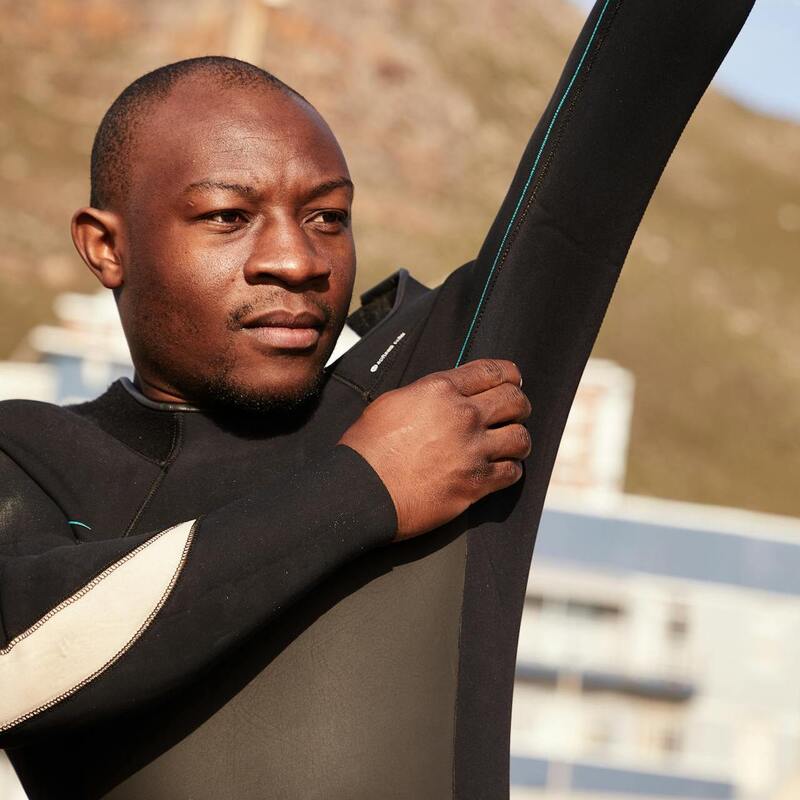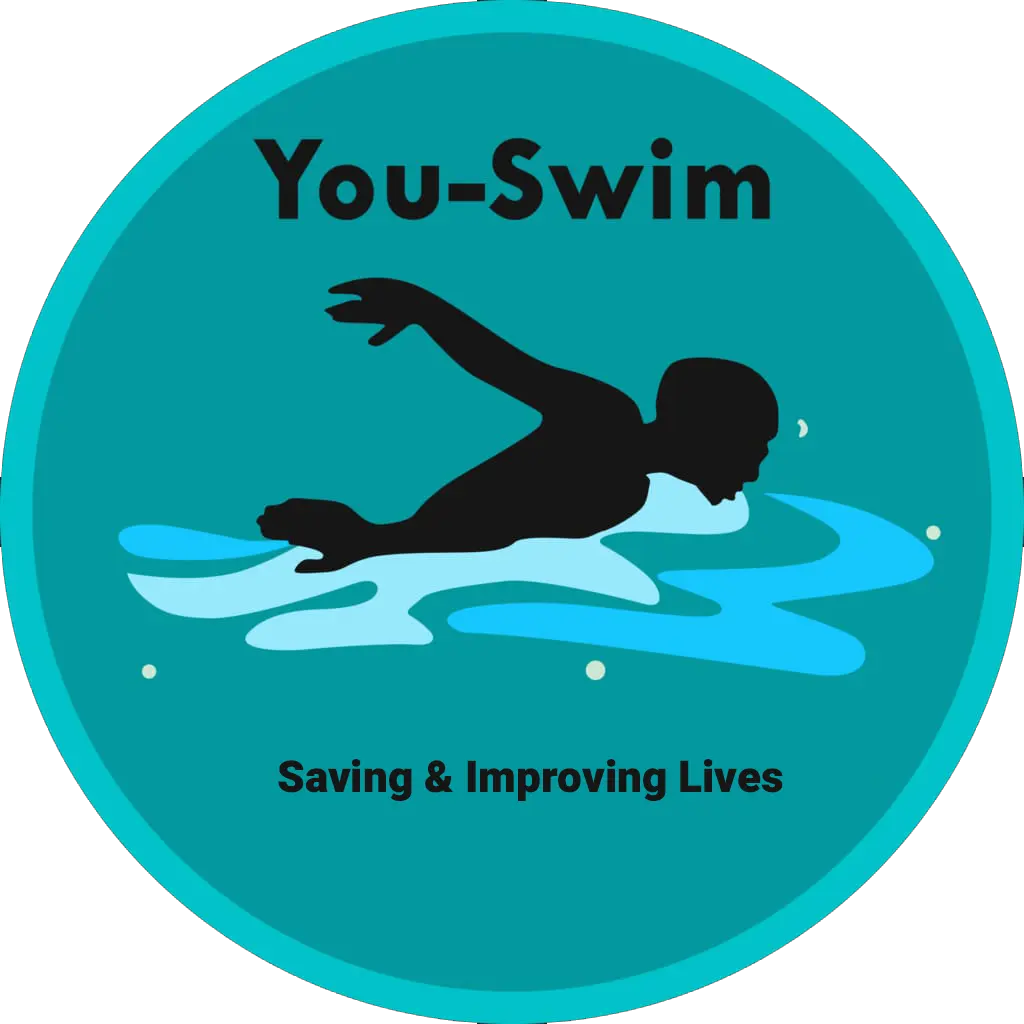Introduction
Swimming is the ultimate low-impact workout. It makes you feel like a graceful mermaid gliding through the water. But let’s be real, sometimes our aquatic adventures can take an unexpected turn, leaving us feeling more like a beached whale than a majestic sea creature. Whether you’re a competitive swimmer or just someone who likes to swim for leisure, being aware of common swimming injuries and how to prevent them is crucial.
So, grab your goggles and let’s dive into the world of swimming injuries, exploring their causes, prevention tips, and treatment options (with a healthy dose of humour, of course).

Common Swimming Injuries
Swimmer’s Shoulder This overuse injury is one of the most swimming common injuries, particularly among competitive swimmers. It’s caused by repetitive overhead motions during the swimming stroke, leading to inflammation and impingement in the shoulder joint. Symptoms may include pain, weakness, and a limited range of motion. In other words, it’s like your shoulder is saying, “Enough with the butterfly already, I need a break!”
1. Back Pain
Low back pain is another frequent complaint among swimmers, often resulting from improper body positioning and technique. The constant twisting and arching of the back during swimming strokes can strain the muscles and put pressure on the spine. It’s like your back is having a full-on tantrum because you’re not doing the breaststroke correctly.
2. Swimmer’s Knee
Also known as patellofemoral pain syndrome, swimmer’s knee is characterized by pain around or behind the kneecap. It’s often caused by the repetitive kicking motion involved in certain swimming strokes, which can irritate the tendons and cartilage in the knee joint. It’s your knee’s way of saying, “Hey, remember me? I’m down here doing all the work!”
3. Foot and Ankle Injuries
Achilles tendinitis and ankle sprains are common foot and ankle injuries among swimmers. These can result from the repeated kicking motion, improper footwear, or accidental impacts while entering or exiting the pool. Because let’s face it, sometimes we misjudge the depth of the water and end up doing an unintentional belly flop.
4. Skin Irritations
Prolonged exposure to chlorinated water can lead to skin irritations, such as rashes, itching, and dryness. Additionally, swimmer’s ear (otitis externa) is a common condition caused by trapped water in the ear canal, which can lead to infection.

Common Swimming Injuries Prevention Tips
Here are some ways you can avoid getting injuries while swimming:
1. Proper Technique
Learning and practising proper swimming technique is crucial for injury prevention. Work with a qualified coach or instructor to ensure you are using the correct form and body positioning for each stroke. Proper stroke mechanics can reduce stress on joints and muscles, minimizing the risk of overuse injuries. Plus, it’ll make you look like a total pro in the pool.
2. Warm-up and Cool-down
Always warm up before entering the water and cool down after your swimming session. Gentle stretching exercises can help prepare your muscles for activity and aid in recovery.
3. Cross-Training
Incorporate strength training and flexibility exercises into your routine to improve overall muscle balance and reduce the risk of overuse injuries. Think of it as giving your swimming muscles some backup dancers to support the main act.
4. Listen to Your Body
If you experience pain or discomfort during or after swimming, take a break and allow your body to recover. Pushing through the pain can exacerbate the injury and prolong the recovery process. Your body is like a wise old sage trying to give you some valuable advice – it’s best to listen.
5. Proper Equipment
Invest in well-fitting swimwear, goggles, and other swimming gear. Consider using pull buoys or kickboards to isolate specific muscle groups during training sessions. Because let’s be honest, no one wants to be that person who loses their swimsuit mid-lap.
Treatment Options for the Common Swimming Injuries
If you sustain any of the above swimming injuries, it’s essential to seek prompt medical attention. Depending on the severity and type of injury, treatment may include:
1. Rest
Rest and ice resting the affected area and applying ice packs can help reduce inflammation and pain in the initial stages of injury. Think of it as giving your body a well-deserved staycation.
2. Physical Therapy
A physical therapist can design a personalized rehabilitation program to address your specific injury. Exercises, stretches, and manual therapy techniques can help restore strength, flexibility, and proper movement patterns.
3. Anti-inflammatory Medication
Over-the-counter or prescription anti-inflammatory medications may be recommended to alleviate pain and reduce swelling. Because sometimes, you just need a little extra help to keep the pain at bay.
4. Bracing or Taping For certain injuries
Your healthcare provider may recommend the use of braces, tapes, or splints to immobilize and support the affected area during the healing process. Think of it as giving your body a little extra support.
5. Surgery (The Last Resort)
In severe cases or when conservative treatment fails, surgical intervention may be necessary to repair damaged tissues or address underlying structural issues. But let’s hope it doesn’t come to that.
Conclusion
Remember, prevention is always better than cure. By being proactive, maintaining proper technique, listening to your body, and seeking prompt treatment when necessary, you can enjoy the many benefits of swimming while minimizing these common swimming injuries.
Book Classes With Us
If you’re seeking classes for children or adults in Nairobi, Mombasa, Kisumu, Nakuru, Eldoret, or Naivasha, don’t hesitate to get in touch with us. Our classes are available for everyone from the age of 2 years.
Reach us on call or WhatsApp at 0790407181 or learn more about our classes here.
Stay safe, stay afloat, and happy swimming!
Digital Marketer: Roseline Maina


